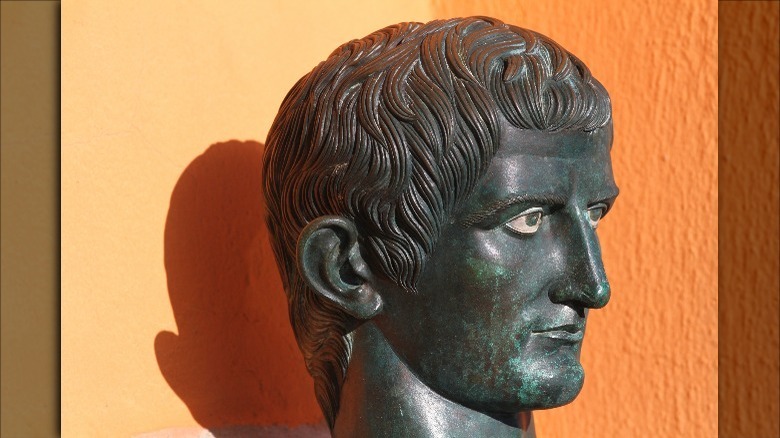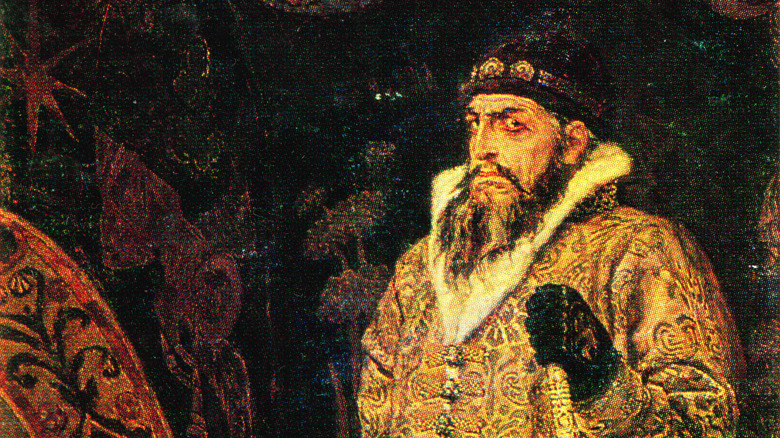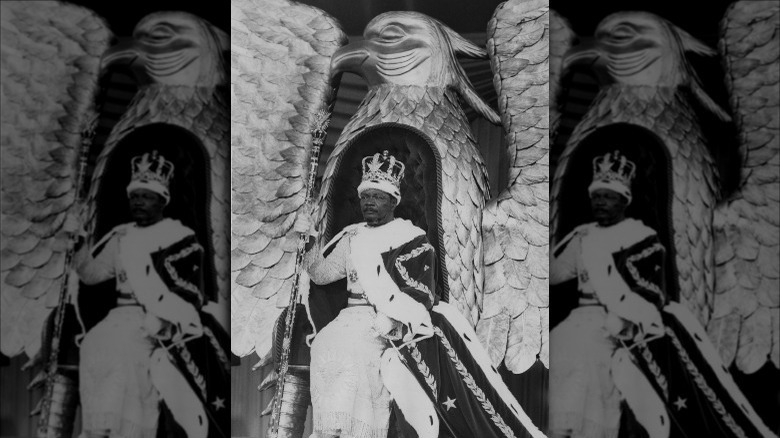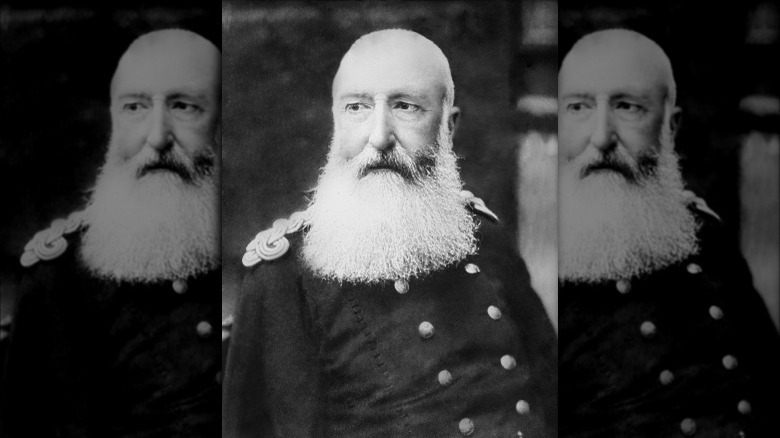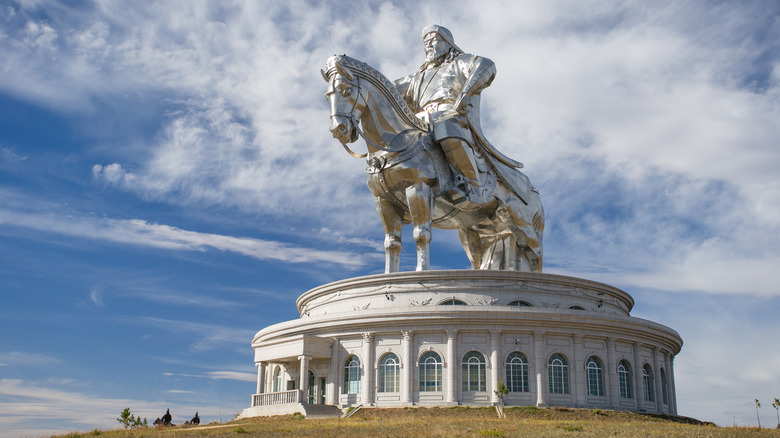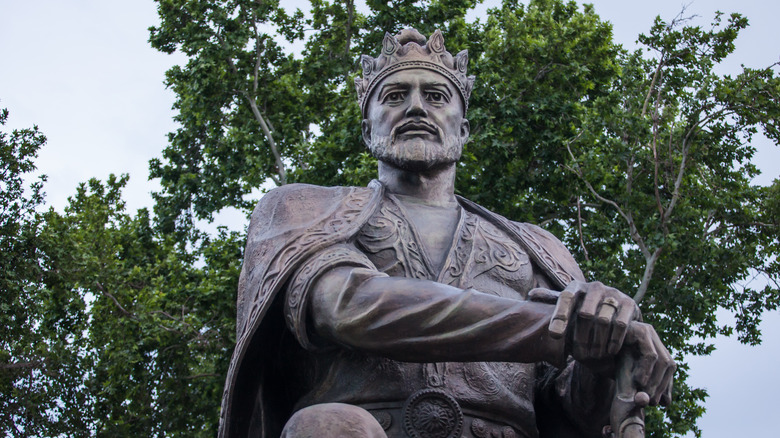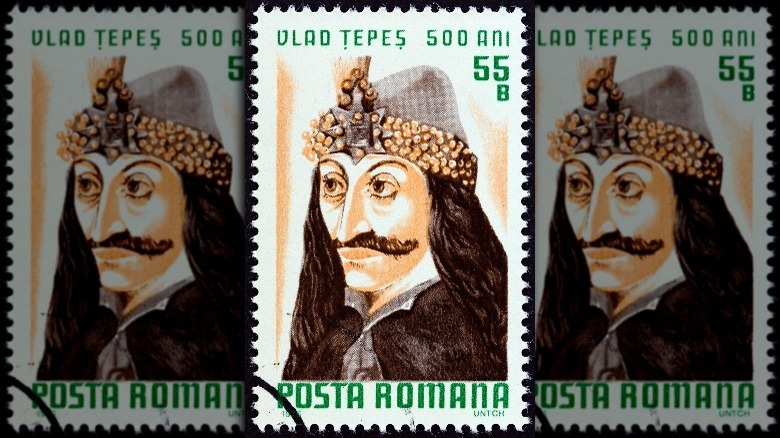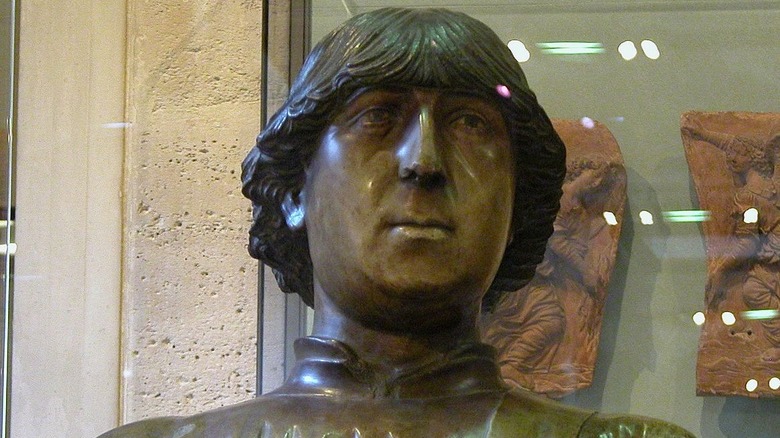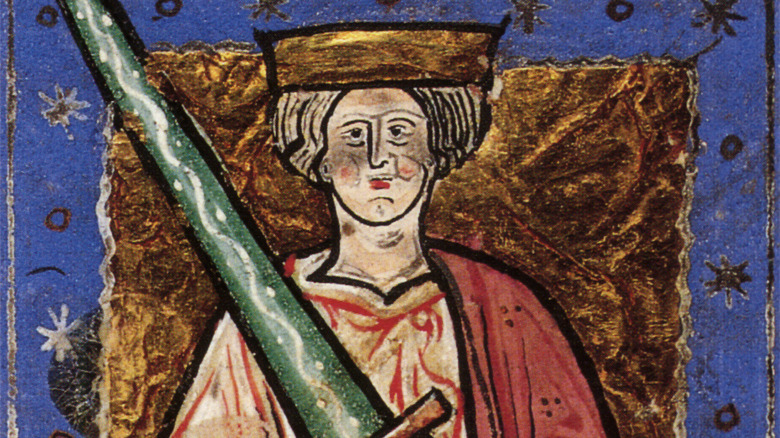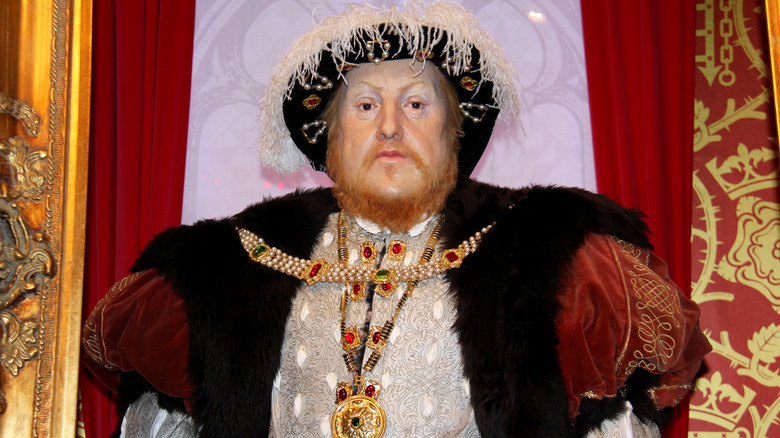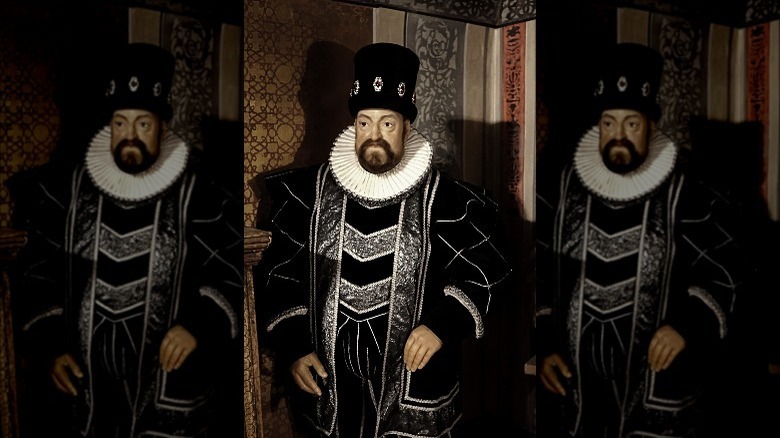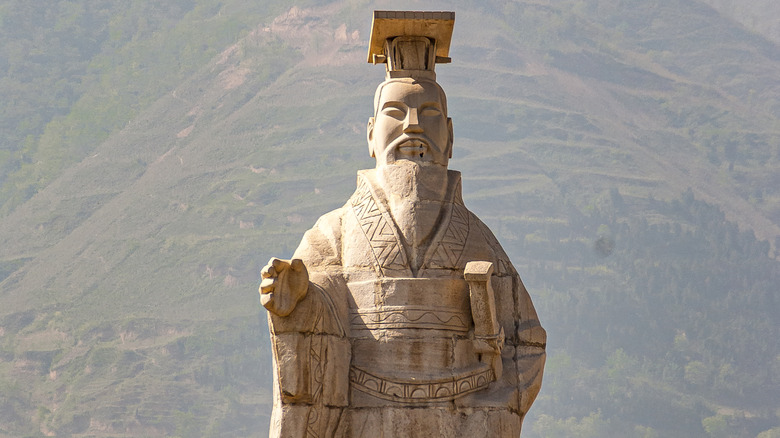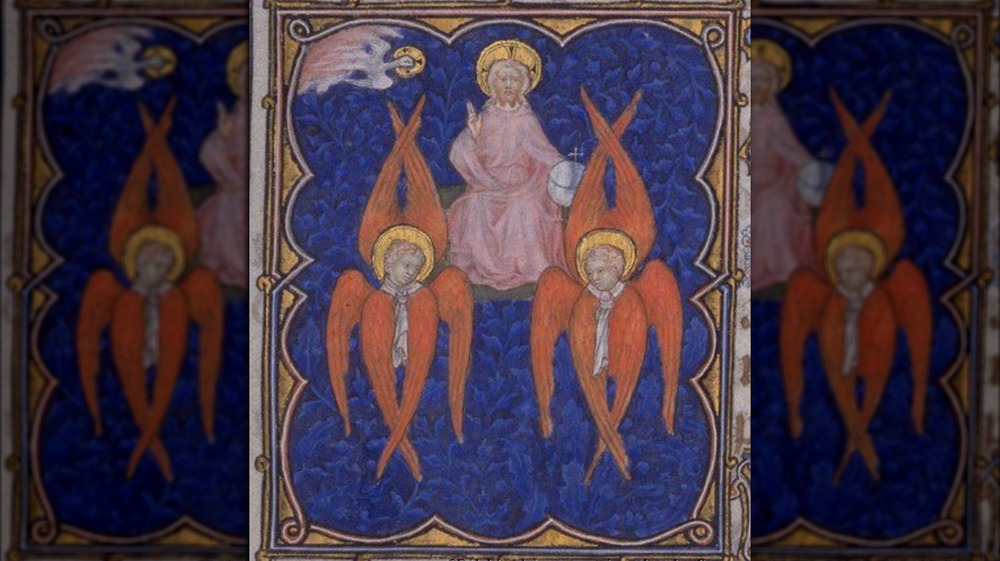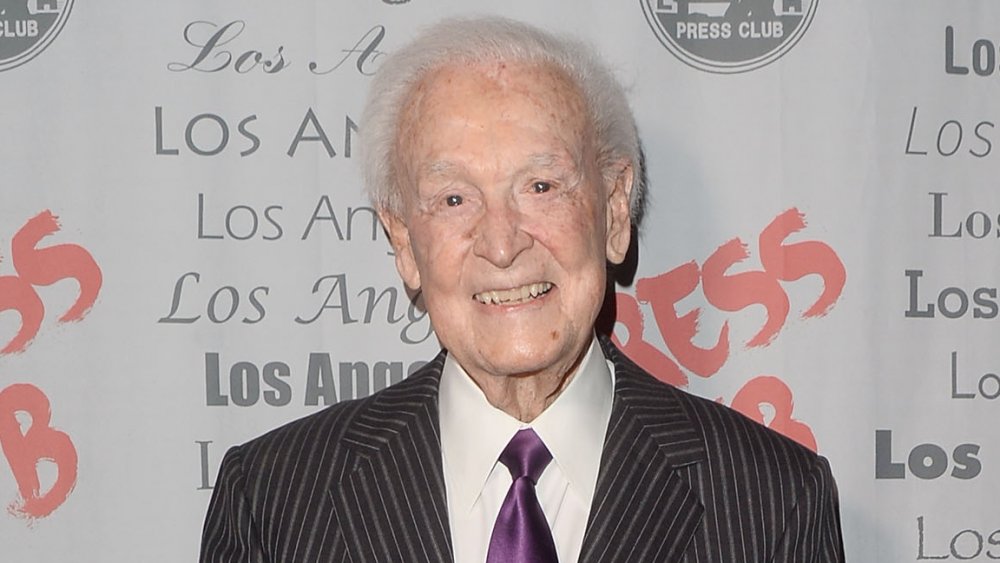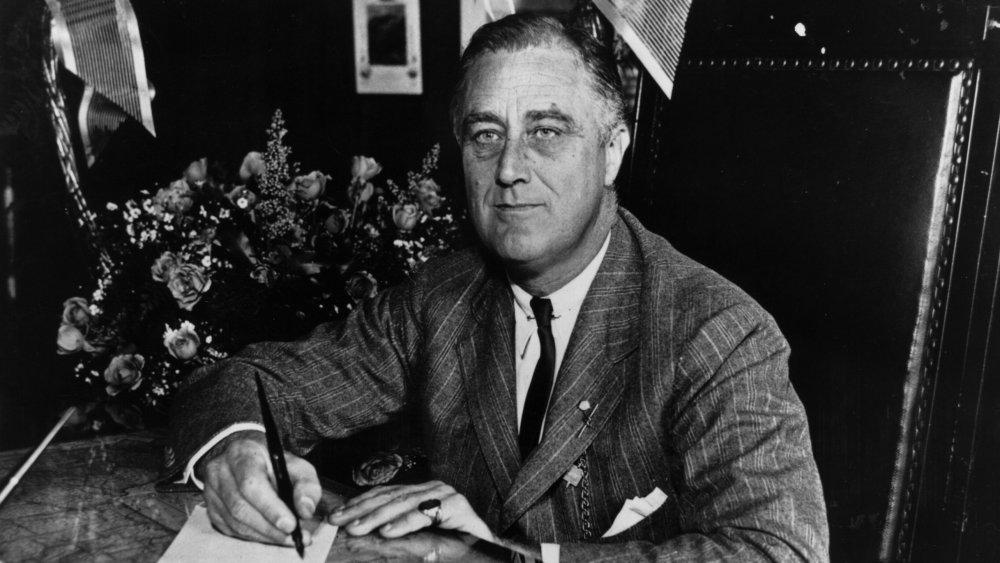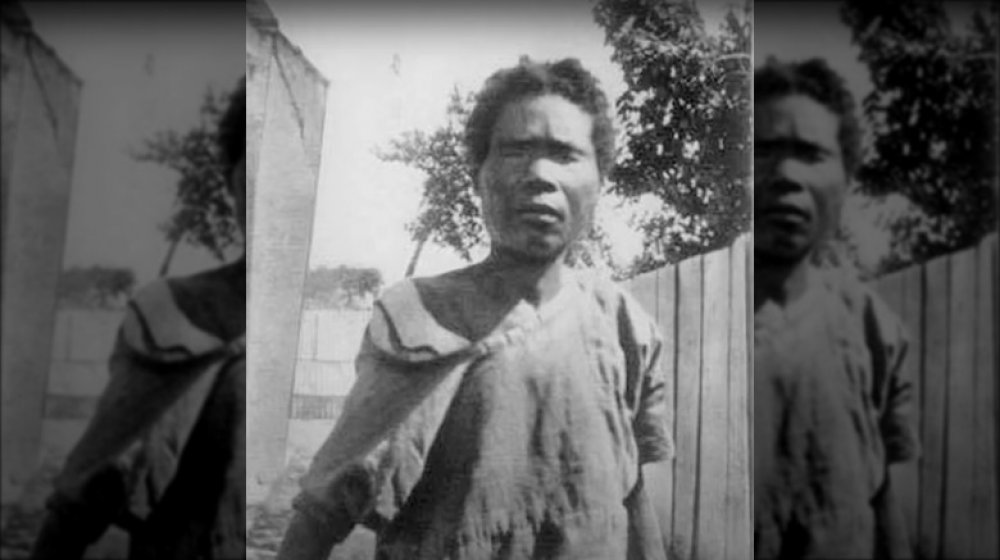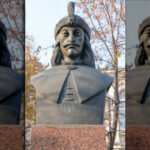
The Most Dangerous Kings Throughout History
Every American knows that monarchies are bad news. In the wise words of Monty Python, you can’t expect to wield supreme executive power just ’cause some watery tart threw a sword at you (a phrase which describes most coronation ceremonies fairly accurately). For every good king or emperor who writes a code of law or maintains a lengthy period of peace and prosperity, you get a King Charles VI running around his palace telling everyone that he’s made of glass.
It’s bad enough when a monarch simply runs your entire country into the ground, but it’s something else when they also turn out to be a murderous thug. The combination of power, wealth, and a near-total lack of normal consequences is a perfect recipe for revealing someone to be a sociopathic monster, and that supreme executive power makes it difficult to stop an insane king once he gets a taste for doing crazy things.
That said, throughout much of history being a murderous sociopath was actually considered a good skill set for kingship. In order to be considered exceptionally horrifying, you really had to put in an effort. Here are some of the most dangerous kings throughout history.
Caligula: From hero to assassinated in less than four years
When one of the most notorious pornographic films ever produced is named after you, you know you’ve done something wrong in your career as a monarch. Such is the legacy of Gaius Julius Caesar Germanicus, who History tells us received the name Caligula, meaning “little boot,” from his father’s troops
Rome’s third emperor started off his reign with a lot of potential. The Great Courses Daily reports that at the time of his accession, Caligula was greeted with great enthusiasm. At 25, he was young and was very careful to do and say the right things to get the Roman Senate and the populace behind him.
But then things went south very, very fast. PBS reports that, after an illness in his first year as emperor, 37 A.D., the young emperor went on a rampage. He referred to himself as a god and began executing anyone he considered a threat or a traitor. The Foundation for Economic Education says that he ruined ancient Rome‘s economy with profligate spending and a disastrous policy of zero-interest credit, that he mismanaged military campaigns and alienated the legions, and that he seized the property of leading citizens to pay for his ruinous mistakes. By 41 A.D., everyone considered the emperor to be Rome’s greatest threat, and Caligula was murdered by a group that included his own bodyguards.
Ivan the Terrible: Redefined the word terrible
When Russians referred to Ivan IV, the first man to rule all of Russia as tsar, as “terrible” they meant it in an old-school way, as in “intimidating.” By the time Ivan was done, the modern understanding of the word was more appropriate.
The Middle Ages reports that Ivan was crowned tsar at age 16 in 1547, and that he was a pretty decent monarch in the early years of his reign. He modernized and reformed the government and the army and opened up new trade and diplomatic channels with other powers. But History says that two events changed Ivan forever: He was betrayed by his great friend Prince Kurbsky in his war against the Lithuanians, and his wife Anastasia died. Ivan had some sort of mental breakdown and tried to abdicate. The aristocracy soon found it impossible to rule without him, so they lured him back by promising him a huge swath of territory called the Oprichnina, where he could pretty much do whatever he wanted. Unfortunately, what Ivan wanted to do was be terrible.
He created a vicious private army and spent the rest of his life merrily murdering people, ransacking churches, and terrifying Russians everywhere. He attacked one of his own cities, Novgorod, slaughtering its citizens and ransacking everything, killing an estimated 12,000 innocent people. He also launched several ill-advised military campaigns that crippled Russia’s treasury and reputation. When Ivan died of a stroke in 1584, Russia was mostly relieved.
Jean-Bedel Bokassa: The self-proclaimed emperor
Every now and then someone seizes power somewhere and decides they are too fancy to be a common dictator, so they declare themselves royal. That was what Jean-Bedel Bokassa did.
According to Black Past, Bokassa served in the French military during World War II, and when his cousin David Dacko became president of the Central African Republic when it won its independence from France in 1960, Bokassa was placed in charge of the new country’s military. Five years later, Bokassa seized power in a coup. In 1972, Bokassa declared himself president for life. When nothing bad came of that, he went a step further and, in 1976, declared himself emperor of the rechristened Central African Empire.
That’s not all. As the Guardian reports, he was absolutely bonkers and totally ruined the country — his coronation cost the equivalent of the CAE’s total gross domestic product, and he reacted to dissent with brutal violence. When people protested an order that all students had to wear an official uniform — which was coincidentally manufactured by his wife — he had children arrested and massacred. He also instituted a draconian legal system with severe punishments, including maiming and execution for minor crimes, personally murdered dozens of people, and is rumored to have cooked and eaten his political rivals. He was finally ousted in a coup in 1979.
King Leopold II of Belgium: Possibly the worst person of all time
When you think of infamously murderous kings, you probably don’t think of tiny, charming Belgium. But in the 19th century, Belgium produced a king who was very likely one of the worst people in all of history: Leopold II.
BBC News reports that Leopold ruled during a period of intense colonization that became known as the Scramble for Africa. In 1885, Leopold took possession of an enormous area that today comprises the Democratic Republic of the Congo, and convinced other European leaders to let him keep it as a personal colony because he would vastly improve the lives of the people living there. Impressed with this humanitarian vision, Leopold’s plan was approved. He named the colony Congo Free State.
It became the king’s brutal, violent playground. National Geographic reports that Leopold robbed the country blind, working the people of the Congo literally to death mining resources for him. Leopold didn’t really run the Congo Free State as a country or even a colony, and it’s estimated that half the people living there died under his rule, many from malnutrition and disease. Leopold seemed to delight in amputating hands and feet as punishment.
By 1908, world leaders couldn’t ignore the atrocities going on in the Congo, and international pressure forced Leopold to transfer administration of the region out of his personal control to the Belgium government. He died a year later, escaping any sort of punishment for his actions.
Genghis Khan: The greatest killer in history
History is filled with prolific killers, but one man stands out from the rest: Genghis Khan. In the 12th and 13th centuries, Genghis and his sons conquered most of the known world, eventually ruling an empire about the size of Africa. History Extra reports that they were able to achieve this through innovative use of mounted archers, which allowed the conqueror’s troops to move much faster and be much more fluid in battle than less-advanced armies. As a result, Genghis Khan was almost unstoppable.
According to ZME Science, it’s estimated that Genghis Khan and his forces killed as many as 40 million people establishing the Mongol empire — about 10% of the total population of the world at the time. Scientists believe that having so many deaths in such a short amount of time even had an impact on the environment because it reduced the amount of carbon in the air. Genghis’ ruthless “surrender or die” policy helped him create an impressive empire but made him an incredibly dangerous king.
Tamerlane the Great: The Genghis Khan superfan
When a Mongol leader announced his intention to restore Genghis Khan’s immense empire to its former glory, people should have known what was coming next: A lot of killing.
Britannica explains that in the 14th century, Tamerlane — also known as Timur — rose from relative obscurity to become one of the most feared conquerors of the time. He initially concentrated on defeating his rivals within the former Mongol empire, which had been divided into competing kahnates after Genghis Khan’s death a century before. When he had secured his position, he turned his armies towards Persia, India, and Egypt in an incredible successful series of campaigns that were also extremely brutal. When he sacked Baghdad in 1401, for example, 20,000 civilians were killed and the city was left a smoking ruin.
As All About History reports, Tamerlane’s brutality is legendary. He massacred anyone who resisted his rule and liked to build towers out of their skulls as a warning to others. When he invaded the Ottoman Empire, he promised the people of Sivas that he would shed no blood if they surrendered. When they did, he had the citizens burned alive, noting that he had kept his promise, technically. When he turned his attentions to conquering China, he seemed unstoppable, but in 1405 he fell ill and died.
Vlad the Impaler: The model for Dracula
You don’t need to be a historian to know that when a person’s nickname includes the word “impaler” and they’re also the inspiration for Dracula, they must have been one of the most dangerous rulers in history.
As Live Science explains, other than having the same name, the two Draculas don’t really have much in common. Vlad III Dracula was ruler of Wallachia (an area located in modern Romania) in the 15th century. His father had been violently deposed by the local nobles (called Boyars), and Vlad faced a constant struggle to assert himself over his own people. Vlad’s solution was ingeniously awful: He invited all the Boyars to a lavish dinner, had them all murdered at the table, then impaled them on spikes, earning him the nickname Vlad the Impaler. His reputation was spread via the newly invented printing press, which allowed both friends and enemies to publish stories of Vlad III’s sadism.
Vlad really seemed to love impaling people, and he did it a lot. NBC News estimates that his forces killed about 80,000 people as they fought the Ottoman Empire, including 20,000 who Vlad had impaled outside the city of Targoviste as a warning to the approaching Ottoman army. Vlad seemed proud of his butchery, writing to an ally in 1462, “I have killed peasants, men and women, old and young … We killed 23,884 Turks, without counting those whom we burned in homes or the Turks whose heads were cut by our soldiers.”
Ferdinand I of Naples: The keeper of the mummy museum
King Ferdinand I of Naples may be the most sociopathic king you’ve never heard of. Encyclopedia reports that Ferdinand ascended to his throne in 1458 despite the opposition of the pope and most of his own nobles. Ferdinand wanted to limit their power and increase his own, and their response was to invite a rival claimant to invade.
We Are the Mighty explains that Ferdinand won that war and then launched a campaign of petty revenge against his enemies. He had one soldier thrown out of window, then invited his restless nobles to a banquet, where he had several thrown to crocodiles. Others simply vanished into his jails. That’s where Ferdinand’s monstrous reputation really takes shape — he wasn’t satisfied to simply imprison or even execute his enemies. He had them killed, then embalmed, and dressed them in their own clothes before posing the corpses in a macabre museum of mummies.
And Ferdinand wasn’t one bit worried about people knowing about it. The whole point, of course, was to intimidate his rivals. So Ferdinand was known to give cheerful guided tours of his museum to visiting notables, letting everyone know what happened to folks who stood against him.
Æthelred the Unready: The hint's in the nickname
Some kings are dangerous because they wield great power without the requisite wisdom and intelligence. Take Æthelred, king of England from 978 to 1016 (with a brief break towards the end), as an example. Even taking into account that in Old English unræd means “ill-advised,” being remembered as “the Unready” doesn’t speak well of your legacy.
History Hit explains that during his rule, King Æthelred had to deal with continuous raids by the Danes — aka the Vikings — and that he was more or less powerless. For a while he tried paying them off with a yearly tribute, but as anyone who’s ever dealt with a bully knows, that only encouraged them. As reported by History Today, by 1002, he was at his limited wit’s end and issued an order that was effectively genocide: Kill all the Danish in England.
Naturally, the order only made things worse. It’s unknown how many Danes were actually murdered, but the operations seems to have been carried out with the expected incompetence. All it really accomplished was to infuriate the Danish. By the time Æthelred died in 1016, his kingdom had been almost completely conquered by the Danes, and he’d set up the circumstances that would lead to the Norman invasion 50 years later.
Henry VIII: Probably a sociopath
While Henry VIII is often remembered as a strong, powerful king, the Guardian reports that in a recent poll of historians he was chosen as the worst king in history. An exceptionally dangerous monarch who nearly ruined his kingdom, he was personally responsible for a shocking number of deaths. History explains that he passed cruel laws that oppressed his impoverished subjects, spent way more money than he took in, and monkeyed with the money to make up for it, which spiked inflation. He also kept starting wars in Europe that he didn’t have the strategic experience or money to win.
While he was merrily ruining his country’s economy and destroying its relationship with the Catholic Church and the countries aligned with it, Henry was also busy executing people. How busy? History reports that some have estimated that Henry VIII had 70,000 people executed during his reign but acknowledges this may be an exaggeration. Even if that’s not accurate, he murdered several people close to him. He had two wives executed after having his first marriage annulled. Impulsive and convinced of his divine right to rule, Henry was certainly incredibly dangerous.
Emperor Rudolf II: Set decades of suffering in motion
Rudolf II was Holy Roman Emperor from 1576 to 1612, as well as king of Bohemia and Hungary and archduke of Austria. His disinterest in ruling combined with an inflexible approach to religious issues not only ruined him personally, but set in motion events that would lead to the deaths of millions.
Britannica explains that Rudolph II was given to periods of deep depression, during which he would simply remove himself and live in isolation, all but ignoring the business of state. The Holy Roman Empire Association reports that this that led to plenty of chaos, made worse when Rudolph decided to wage war against the Ottoman Empire in 1593. Rudolph’s incompetence led to a grinding, devastating conflict with zero gains.
The disaster led to Rudolph II’s slow downfall. In 1605, he was forced to give the Hungarian crown to his younger brother, Matthias. Then, sensing an opportunity, protestants in Bohemia demanded equal rights, and Rudolph was forced to concede to keep order. It only delayed the inevitable, however, and in 1611, Rudolph ceded Bohemia to Matthias.
Rudolph didn’t just leave his own kingdoms in chaos; his incompetence and disinterest led directly to the Thirty Years War, which kicked off when those Bohemian protestants rose up in defense of the rights he’d granted them without thinking through the consequences. As History tells us, that conflict resulted in more than 8 million deaths.
Qin Shi Huang: China's first emperor was really murderous
China wasn’t always a single huge country. As National Geographic explains, up until 221 B.C., China was made up of several distinct kingdoms that fought over supremacy. This was settled when the leader of the state of Qin, King Zheng, succeeded in unifying the whole country under his rule. His secret? Intelligence and a real zeal for killing people.
Renaming himself Qin Shi Huangdi, the emperor moved quickly to standardize writing and infrastructure across the new nation. He laid down what would become the foundations of the Great Wall but also enthusiastically suppressed dissent. Recognizing that education and information were dangerous to a despotic ruler, as noted by History of Information, he had books burned and buried 460 scholars alive when they tried to save some of the books from the flames.
Qin was also ruthless when it came to his enemies. BBC News reports that when his armies conquered a new area, he had whole populations of men castrated in order to mark them as defeated and to prevent them from having descendants who might rise against him. He was paranoid and suspicious and executed people at the drop of a hat. He also killed thousands of his own subjects by forcing them to labor to the death on pet projects. It’s little wonder that the unified China he created fell apart almost immediately after his death.

The Death Toll In The Bible Is Higher Than You Think
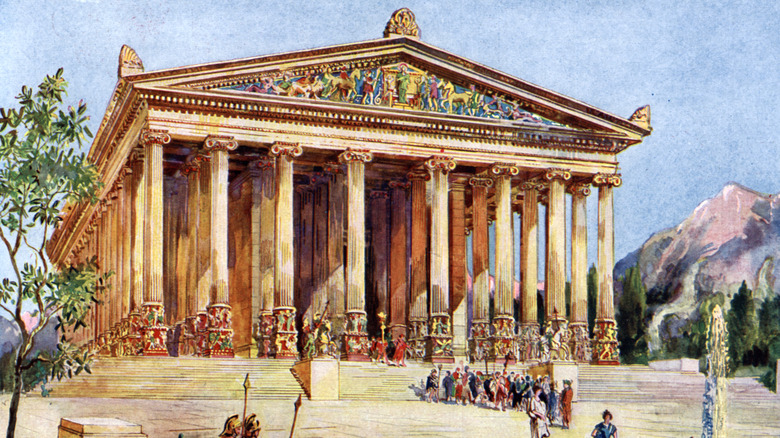
The Untold Truth Of The Temple Of Artemis
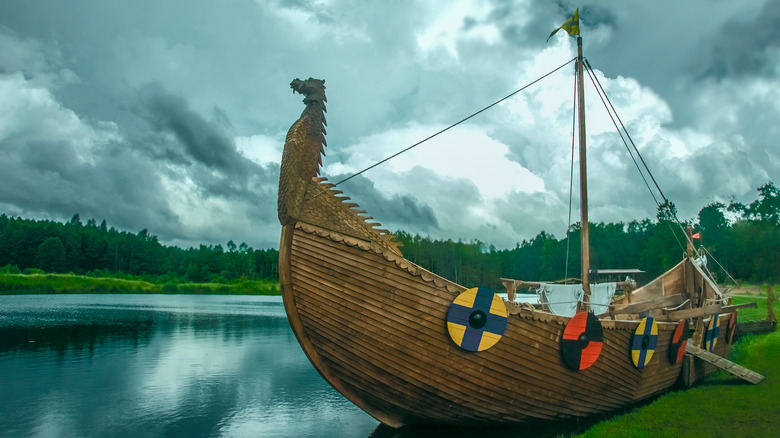
What You Didn't Know About The Vikings' Unique Compass

The Crazy True Story Of The Carrington Event
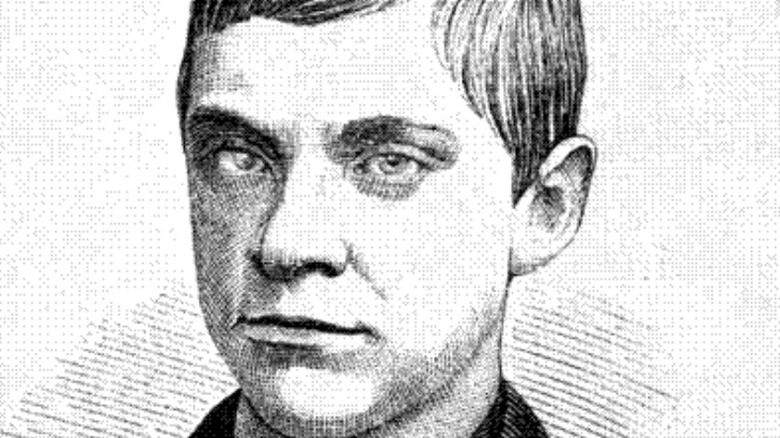
The Truth About America's Youngest Serial Killer Jesse Pomeroy
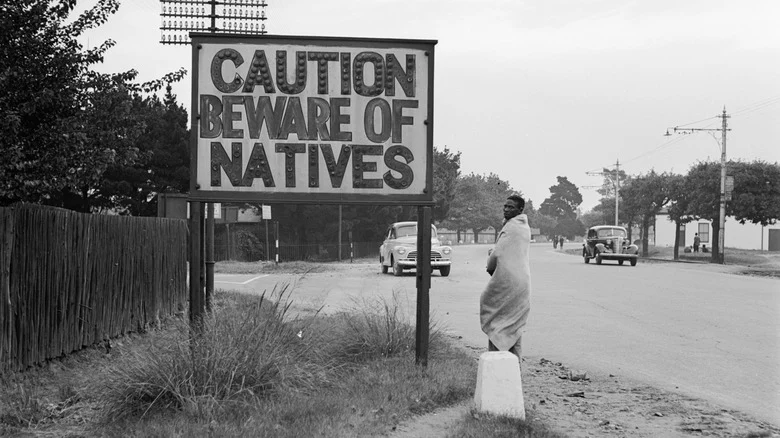
What It Was Really Like To Live Under Apartheid

The Dark Secret Behind Project Sunshine The US Government Tried To Hide
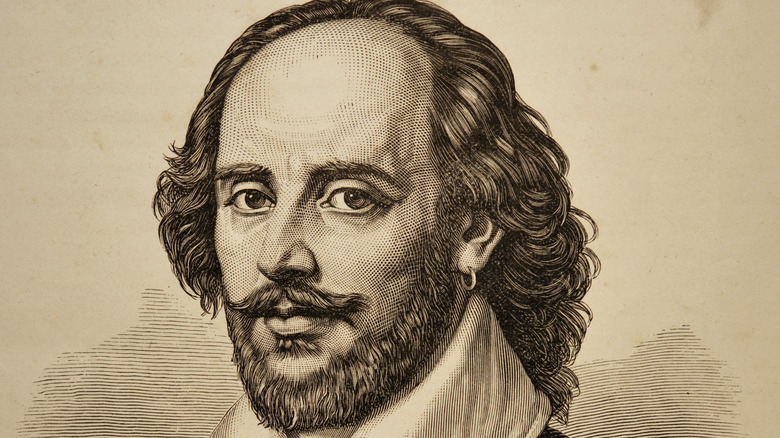
Here's How Shakespeare's Globe Theatre Was Destroyed

What Was Donald Rumsfeld's Net Worth When He Died?

Arthur Shawcross: How Many Victims Did The Serial Killer Have?
